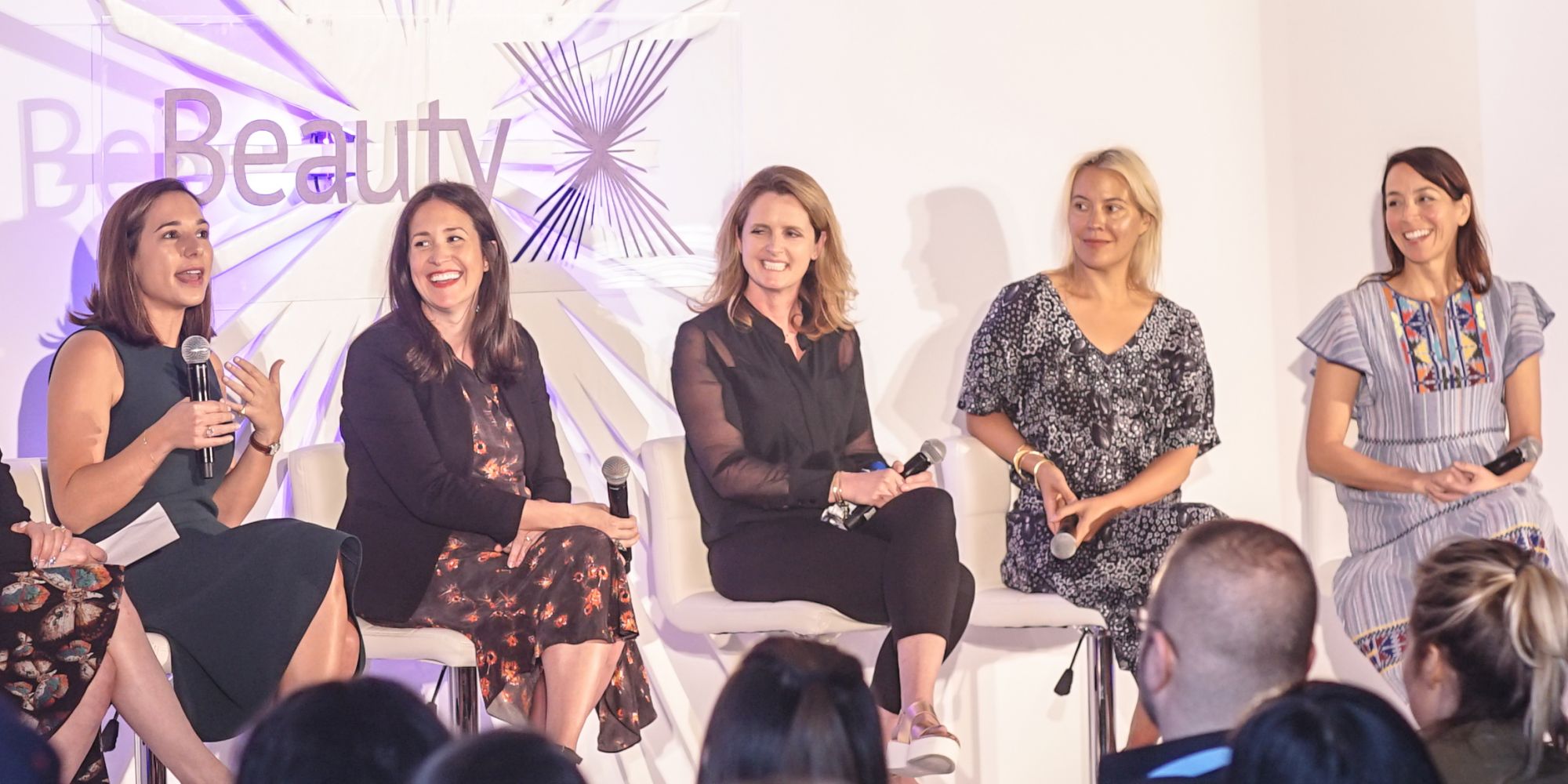
Missed BeautyX Retail? Here Are Some Of The Best Buyer Insights From The Summit
In the beauty industry, there can be a wall between retail buyers and emerging brands. Last week, BeautyX Retail Summit in Dallas broke down that wall.
During the event, more than 100 entrepreneurial attendees heard directly from buyers at 25 of the world’s most coveted retailers during panel discussions covering the spa segment, specialty retail, e-commerce, clean beauty and more. Here is a glimpse at some of the buyers’ best nuggets:
Finding Brands For Assortments
How do buyers discover the brands they bring in? Each panel tackled that question and, unsurprisingly, Instagram received several shoutouts. Revolve beauty buyer Kandice Hansen pointed to the Discover Page as a go-to Instagram destination, while her fellow buyers cited influencer and store accounts as social media gold. “Brands underestimate the power of social media and branding,” said Hansen, adding that luxe touches help catch her scrolling eye.
In addition to social media, Stacia Prince, International buying director of Cult Beauty, added, “Trade shows [and] customers asking for something is a big driver for us.” Many companies like CAP Beauty and The Detox Market have email submission guidelines posted on their sites that they recommended brands try to follow to the letter. Don’t be dismayed if the retailers’ response isn’t immediate, though: Elena Severin, director of retail at The Detox Market, shared that the retailer receives 20 to 25 email submissions from brands per week.
What Do Buyers Look For?
Robust social followings and established sales matter a lot to most buyers, not a lot to a few of them. During an online retail panel, Nigel Lawmon, commercial director of Feelunique, said, “Having some sales already out there help. We don’t expect you to massively develop your business before taking you on board. It’s about do we like your brand, are the products good, does it meet consumer need, are you doing something new?”
Conversely, Petit Vour founder Madeline Alcott doesn’t require existing demand upon picking up a brand. “A ton of our top brands started with nothing,” she says. “It was just a simple email exchange, a phone call and it’s instant love.” Alcott noted, “I don’t think numbers affect our decision.” She singles out French Girl Organics as an example. The indie success story was only available on Etsy when Alcott scooped it up for Petit Vour.
Jen Lak, director at WTS International, offered indie brands sage advice on flourishing in the spa channel. “[Show] a willingness to create signature treatments,” she instructed. “We’re oftentimes looking to differentiate ourselves as spas. So, if you have something that you know will stand out or if you know you can create a service around [the spa’s] story, that goes a long way.”
Buyers across several channels emphasized the importance of story — brands understanding a retailer’s story, and brands effectively sharing their own stories — to retail success. “Buyers want a story to tell,” explained Naomi Bartee, women’s senior buyer at Need Supply Co. Discussing how to pitch her fruitfully, she said, “Sell me your brand the way you would present it to a consumer.”
What Doesn’t Work?
Alcott stresses stale packaging should be avoided at all costs. “If it’s been years since branding has been updated, it can feel stagnant to our customers,” she said. “It’s very competitive. Even though we do everything on our end educating our customers, it does become challenging if there’s no refresh to the brand. Continue moving forward and innovating. Refresh in whatever little way you can. It makes a significant difference.”
Differences are occasionally irreconcilable, and a retailer decides to pull a brand from their shelves. Buyers at BeautyX expressed dismay at having to do so. “It breaks my heart,” declared CAP Beauty co-founder Kerrilyn Pamer. Tara Foley, founder of Follain, admitted, “When we do [pull a brand], we probably didn’t do our job well in figuring out what hole this product was going to fill. Knowing how you’re going to be positioned at Follain or any of these retailers is really, really important, knowing how your key differentiators are going to stand out.”
“When we do [pull a brand], we probably didn’t do our job well in figuring out what hole this product was going to fill. Knowing how you’re going to be positioned at Follain or any of these retailers is really, really important, knowing how your key differentiators are going to stand out.”
Exclusive Retail relationships
Exclusivity was one of the more polarizing subjects covered at the Retail Summit. Panelists were split, with several strongly favoring it — Jessica Richards, founder of Brooklyn boutique Shen Beauty, demands six months of exclusivity from onboarded brands — while others spoke out passionately against it.
CAP Beauty’s Palmer said, “I want these products in as many homes as possible. So, the idea of not taking these brands on because it’s in a larger place doesn’t make any sense with our ethos. We believe these products are healthier. We believe everyone should have access to them. My platform is not big enough. So, for us, it’s fantastic. I want them to grow, I want them to be successful. I want people using products that are better for themselves. That [happens] by using larger platforms.”
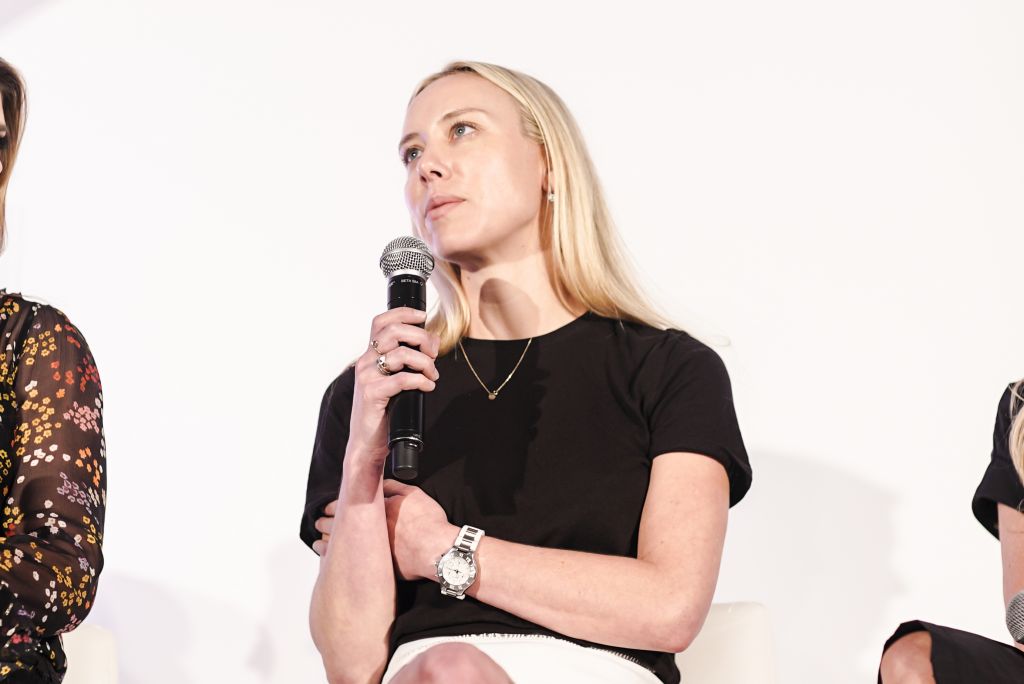
What’s New?
Buyers gave BeautyX Retail Summit attendees candid peeks behind the curtains of their companies. Many panelists confirmed that the sexual wellness category is blooming. Neiman Marcus, Revolve and Free People plan to expand below-the-belt care collections. “This is the hottest category for Free People,” said Richards, who helms Shen along with being the beauty and wellness director for the lifestyle chain.
Ricky’s NYC is making a major push into natural and organic products. “It’s very important for us to grow that department,” said Lisa Shaver, a buying manager for the chain. “That’s my goal right now for Ricky’s NYC.”
Sindhura Sarikonda let the audience in on how Walmart.com and Jet.com are engaging beauty shoppers. “Premium beauty is a huge category,” the associate director of prestige beauty shared. “We know the consumer is on Walmart.com buying $300 moisturizer, which you wouldn’t think is something that happens, but the consumer is becoming more and more channel agnostic, and we’re taking advantage of that.”
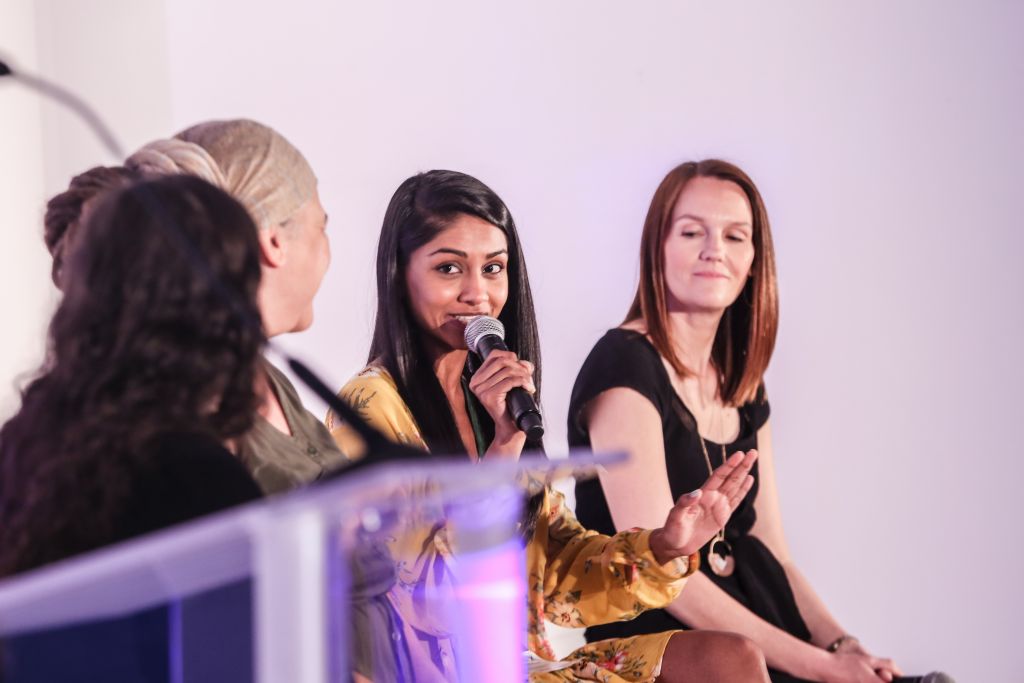
Amazon was the elephant in the room — literally. The e-commerce powerhouse was an event partner and hosted a session on best Amazon practices for indie brands. Beauty Independent’s Editor In Chief Rachel Brown, who moderated a BeautyX Retail Summit national retail panel, asked Whole Food’s Jennifer Coccaro about the natural grocer’s relationship with the e-tailer following Amazon’s acquisition of Whole Foods in June of last year.
“Amazon and Whole Foods have a great relationship,” said the global senior category leader. “We’re in the beginning stages of our partnership together, and we’re operating now as two different entities in terms of how our merchandising operations are run.”
For more on BeautyX Retail Summit, check out our coverage of Amazon’s class for indie brands and the summit’s competition, Race For Shelf Space.
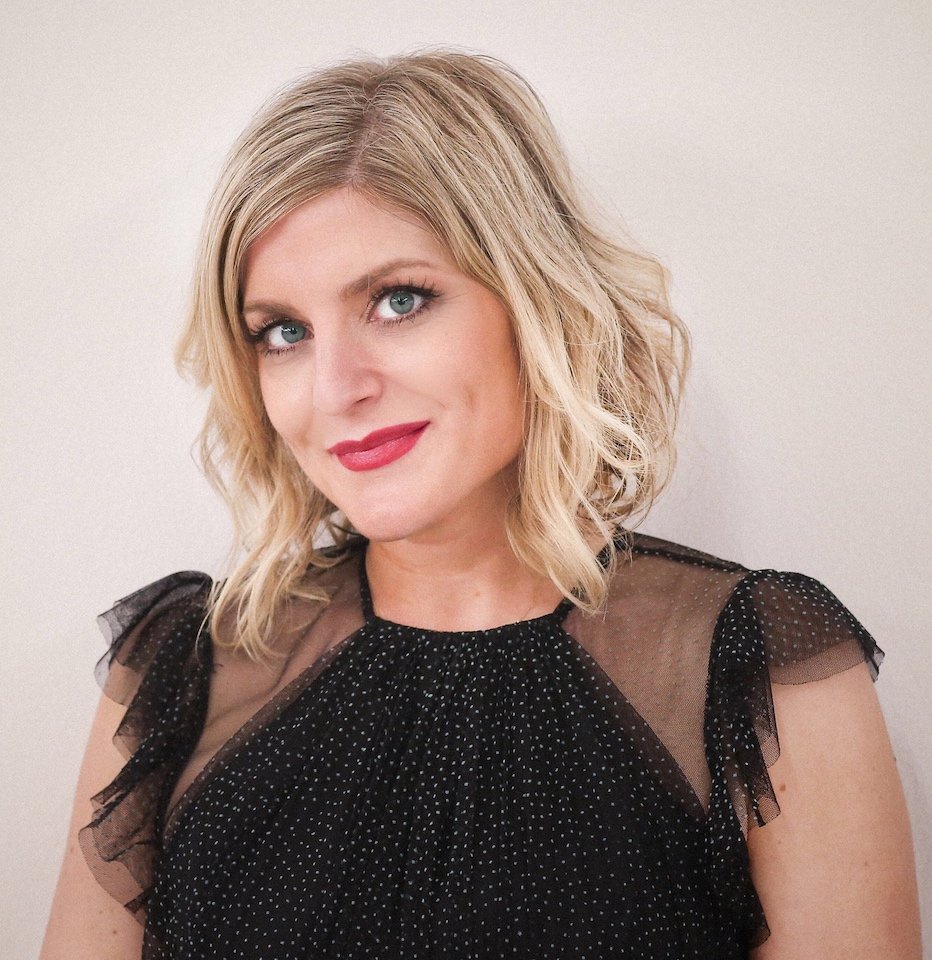
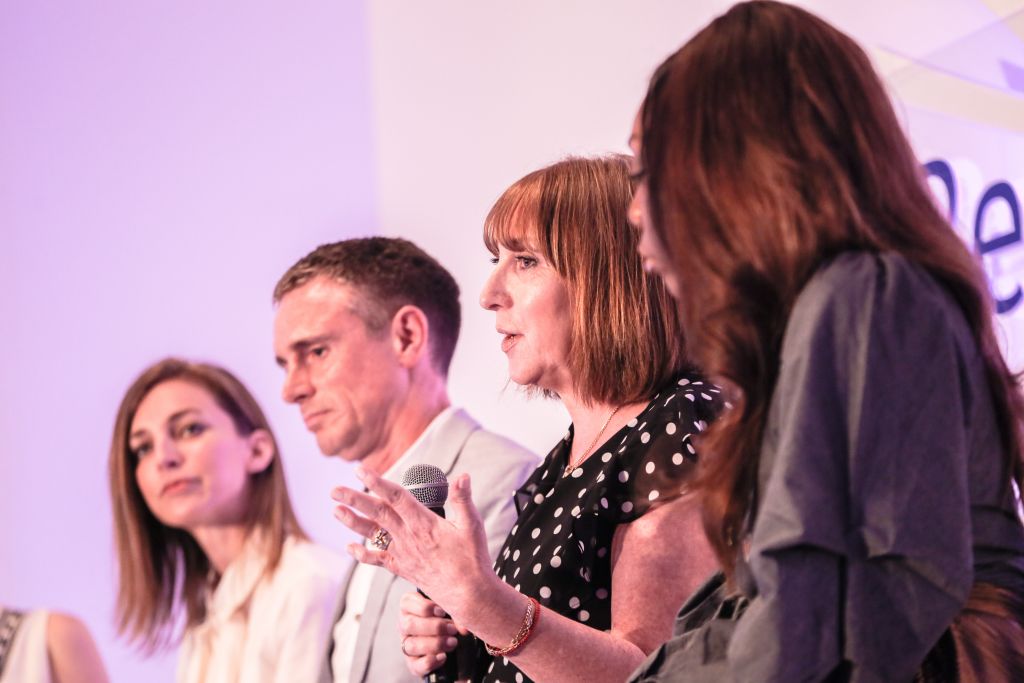

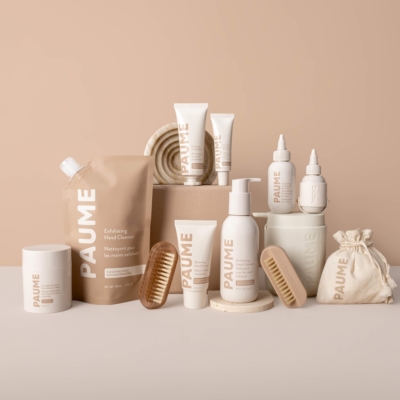
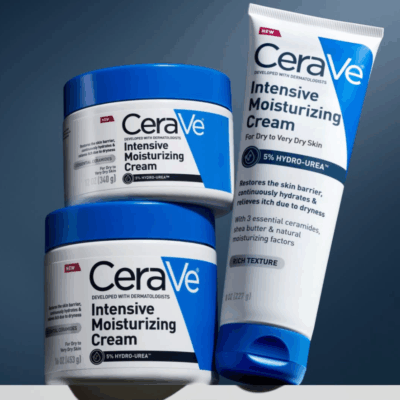
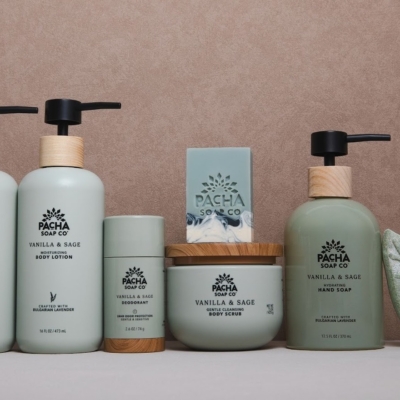

Leave a Reply
You must be logged in to post a comment.